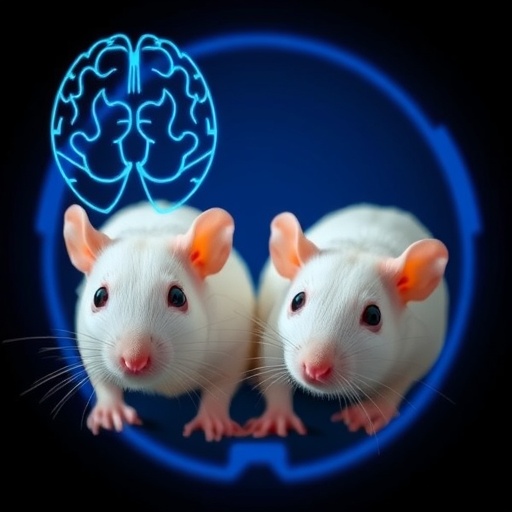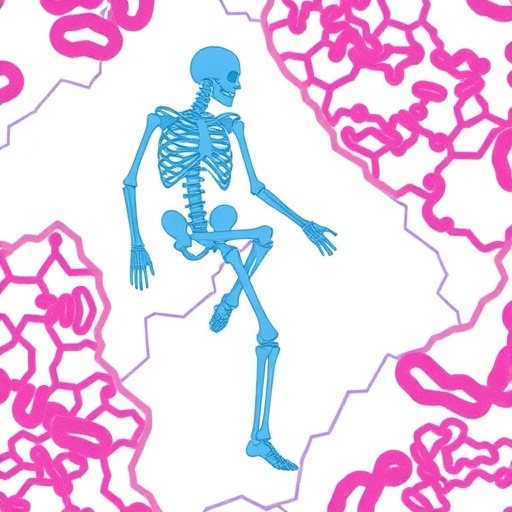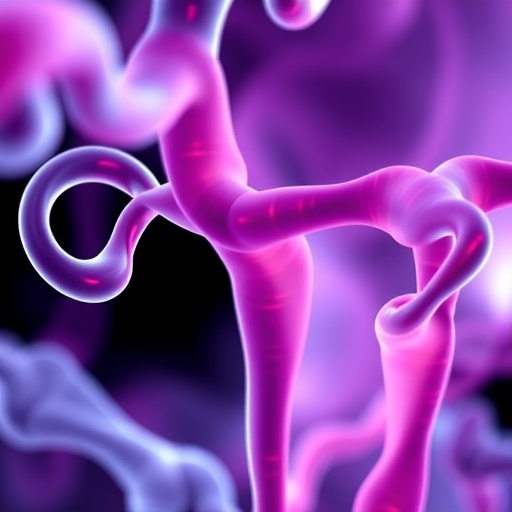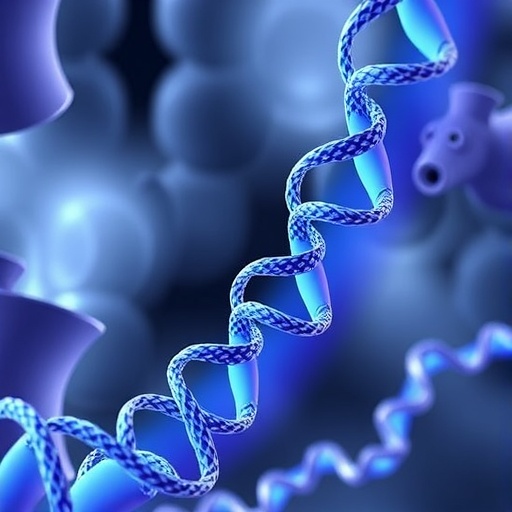PROTECT YOUR DNA WITH QUANTUM TECHNOLOGY
Orgo-Life the new way to the future Advertising by AdpathwayThe giant gourami, scientifically known as Osphronemus goramy, has captivated the attention of researchers and aquarists alike for its unique characteristics and adaptability. Recent studies, including groundbreaking work by Purnamasari, Rustadi, and Hardaningsih, delve deeply into the gonadal development and sexual maturity onset of this remarkable fish, providing vital insights that could enhance aquaculture practices and conservation efforts.
Understanding the physiological changes that occur during gonadal development in Osphronemus goramy is essential for better management in aquaculture settings. The ability of these fish to thrive in varying environmental conditions adds to their allure; they are both resilient and easy to maintain. However, comprehensive studies surrounding their reproductive biology have previously been scarce. This recent research serves to uncover the mechanisms and timelines underlying sexual maturity in giant gourami.
The study’s primary focus is to analyze how varieties of environmental conditions, including temperature, photoperiod, and diet, impact the gonadal development stages in giant gourami. This species exhibits a complex reproductive strategy, which, if better understood, could lead to better breeding protocols within aquaculture systems. By evaluating factors such as hormonal balances and cellular changes in the reproductive organs, insights were gained that could enhance/guidance for aspiring aquaculturists looking to cultivate this species effectively.
One interesting finding from the research indicates the crucial role of temperature in the onset of sexual maturity. Through systematic experimentation, researchers established that warmer water temperatures accelerated gonadal development, which correlates with findings in other fish species. Elevated temperatures appear to trigger hormonal cascades that may be responsible for initiating the reproductive phase, highlighting the intricate links between environmental conditions and biological responses in aquatic life.
The researchers meticulously examined histological samples from the gonads of both male and female giant gourami to document the progression of development. The analysis focused on key stages, including the development of primary oocytes in females and spermatogenesis in males. Such morphological assessments allowed researchers to ascertain not only the age at which sexual maturity is attained but also the health of the gonads, providing a fuller picture of reproductive potential.
Additionally, the impact of nutrition on sexual development was investigated. The study revealed that optimal dietary regimens could significantly enhance the fecundity and vitality of giant gourami populations. Essential fatty acids and vitamins were highlighted as vital components that could influence reproductive success, reinforcing the importance of a well-rounded diet in aquaculture practices. These findings can inform fish farmers about the necessity of providing balanced nutrition, ensuring that the broodstock maintains peak condition for breeding.
The research also emphasizes the need for regulated breeding environments that simulate natural habitats. Aquatic organisms like giant gourami are highly susceptible to changes in their ecosystems, prompting researchers to consider how captive conditions can be modified to better facilitate reproduction. By mimicking the natural cues that trigger spawning in the wild—such as variations in water currents or pH levels—the industry can potentially increase the yield of healthy fry, ultimately supporting sustainable aquaculture practices.
A noteworthy aspect of the study is its contribution to conservation efforts. As the demand for giant gourami in the aquaculture industry grows, understanding their reproductive cycles and how they can be manipulated effectively is vital. Proper management could help in maintaining wild populations, ensuring that overexploitation does not lead to significant declines in their numbers. This balance between aquaculture and wild preservation is crucial, paving the way forward for responsible fish farming.
Researchers also addressed how the findings of this research could spark further studies into related species within the Osphronemus genus. This could give rise to a better understanding of evolutionary adaptations in relation to sexual maturation processes. Such an approach would broaden the context in which giant gourami are studied, enabling comparisons with other aquatic species and providing a larger framework for understanding fish biology dynamically.
While the research primarily concentrated on the reproductive biology of Osphronemus goramy, its implications are far-reaching. The insights gained will not only influence future aquaculture techniques but also contribute significantly to the academic understanding of fish reproduction and development.
An overarching theme throughout the study was the urgent need for stakeholder engagement in aquaculture, where researchers, farmers, and environmental advocates unite to form a cohesive strategy for managing aquatic resources sustainably. Educational programs emphasizing best practices informed by current research can help aquaculturists evolve their methodologies to adapt to emerging challenges in the field.
Emerging technology, including genomic studies and molecular biology techniques, can enrich further research on sexually maturing giant gourami. Implementing these advanced methods could yield even deeper insights into the biological underpinnings of reproduction, ultimately fostering innovations in breeding techniques that cater to both market demands and ecological needs.
As the study concludes, it poses critical questions about the future of aquaculture in light of global climate change and increasing food requirements. It stresses the urgency for continuous research into adaptable species such as Osphronemus goramy, ensuring that they remain a viable option for food production without compromising natural ecosystems.
Overall, the meticulous research led by Purnamasari and colleagues serves as a crucial stepping stone toward realizing the full potential of giant gourami in aquaculture. Understanding gonadal development and sexual maturity onset not only paves the way for enhanced breeding programs but also underscores the significance of responsible resource management vital for future sustainability.
Through collective efforts, it is hopeful that the lessons extracted from this research will resonate within the aquaculture community, promoting practices that consider both ecological and economic perspectives. The journey toward sustainable aquaculture is multifaceted, and studies such as this exemplify how scientific exploration can lead to meaningful, positive changes in the industry.
In closing, the future of giant gourami in aquaculture looks promising. As research continues to unfold, we can only imagine the possibilities that lie ahead, where scientific discoveries translate into practical applications benefiting both the environment and the communities relying on these magnificent fish.
Subject of Research: Gonadal development and sexual maturity onset of giant gourami
Article Title: Gonadal development and sexual maturity onset of giant gourami (Osphronemus Goramy) Lac.
Article References:
Purnamasari, A.L., Rustadi, Hardaningsih, I. et al. Gonadal development and sexual maturity onset of giant gourami (Osphronemus Goramy Lac.).
Discov Anim 2, 64 (2025). https://doi.org/10.1007/s44338-025-00092-9
Image Credits: AI Generated
DOI:
Keywords: Aquaculture, Gonadal Development, Sexual Maturity, Osphronemus goramy, Sustainable Practices
Tags: aquaculture management strategiesaquaculture practices for giant gouramiconservation of giant gourami speciesenvironmental factors affecting fish reproductiongiant gourami breeding protocolsgiant gourami reproductive biologyhormonal influences on gonadal developmentnutritional requirements for giant gourami breedingOsphronemus goramy gonadal developmentphysiological changes during fish maturationresilience of giant gourami in captivitysexual maturity in fish species


 5 hours ago
8
5 hours ago
8





















 English (US) ·
English (US) ·  French (CA) ·
French (CA) ·